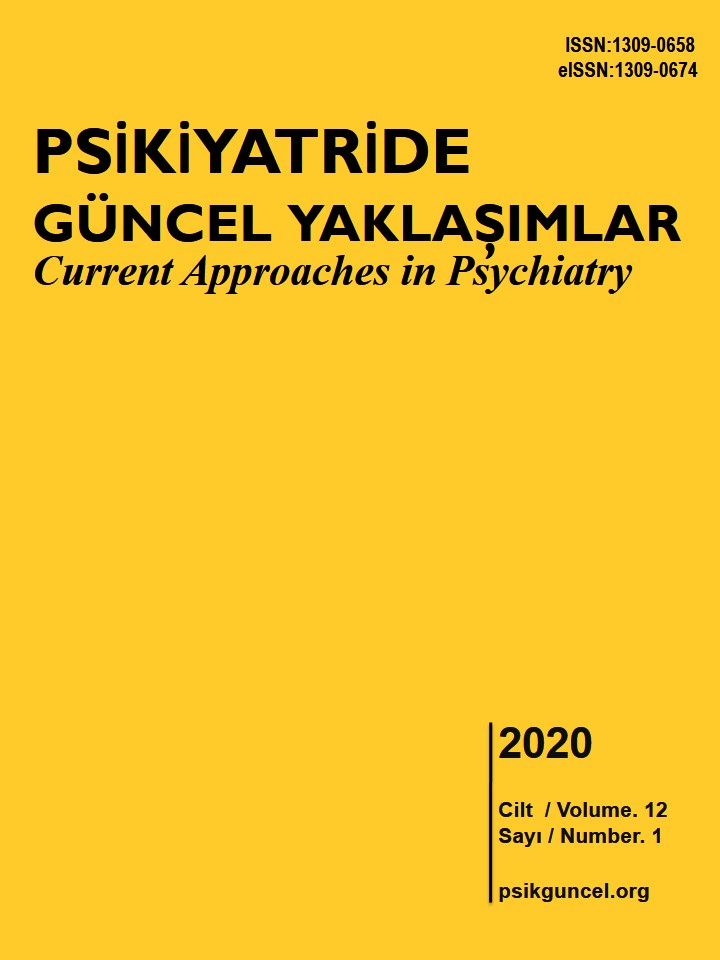Nomophobia: Differential Diagnosis and Treatment
Nomophobia: Differential Diagnosis and Treatment
Author(s): Ece Bekaroğlu, Tuğba YılmazSubject(s): Psychology, Clinical psychology
Published by: Çukurova Universitesi Tip Fakultesi Psikiyatri Anabilim Dalı
Keywords: Nomophobia; DSM-5; anxiety disorders; differential diagnosis; therapy;
Summary/Abstract: Developing communication technologies have enabled mobile phones to develop and perform many functions. Common and frequently used mobile phones can cause some behaviors and emotions in humans. Nomophobia is one of these disorders and is called fear of people being away from mobile phones. Nomophobia was found to be related with some demographic variables (young age), personality characteristics (extraversion), emotions (fear of missing out), and needs (need for touch). From a clinical psychology viewpoint, depression, anxiety and stress were examined in the etiology of nomophobia. Diagnostic criteria for nomophobia were developed and nomophobia was proposed to be included in psychiatric disorders in DSM-5. In this study, nomophobia and a range of psychological disorders such as separation anxiety disorder, obsessive compulsive disorder, panic disorder, impulse control disorders and addictions were compared in terms of differential diagnosis criteria. In addition to being risky in terms of physical health of the person, nomophobia negatively affects psychological health. Nomophobia increases stress and it is associated with depression and anxiety disorders. Moreover, it can cause insomnia and it adversely affects the academic success of the young adult group. Cognitive behavioral treatment interventions and existential psychotherapy approaches are known to be effective in the treatment of nomophobia.
Journal: Psikiyatride Güncel Yaklaşımlar
- Issue Year: 12/2020
- Issue No: 1
- Page Range: 131-142
- Page Count: 12
- Language: English

